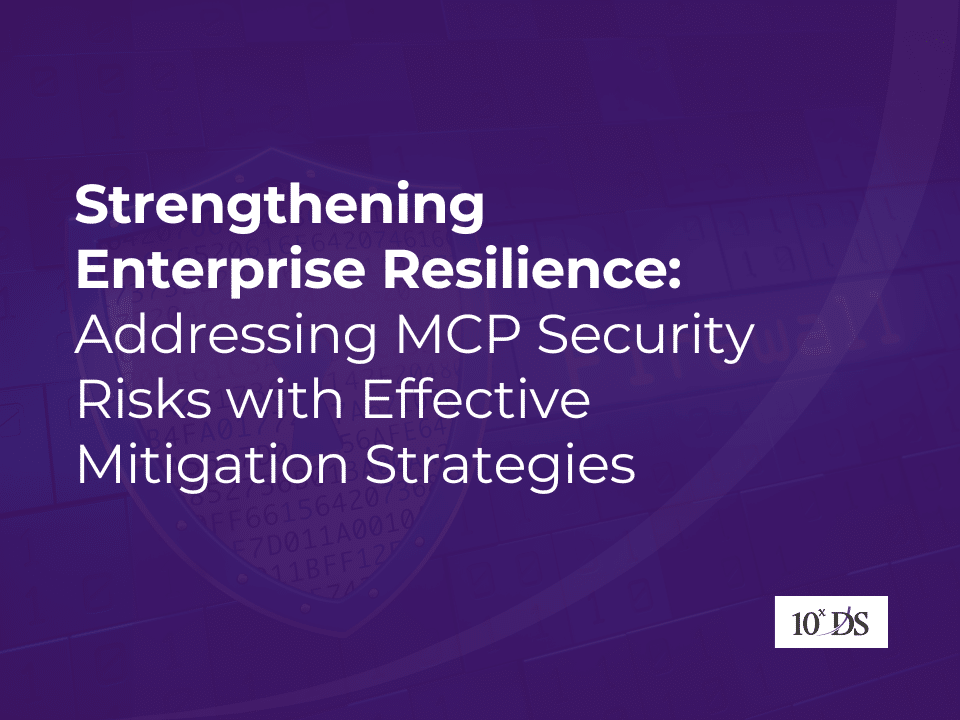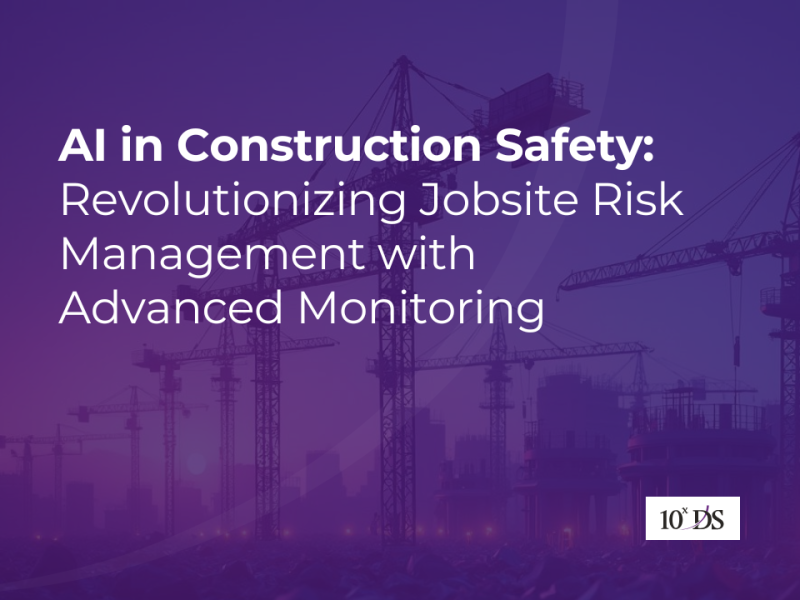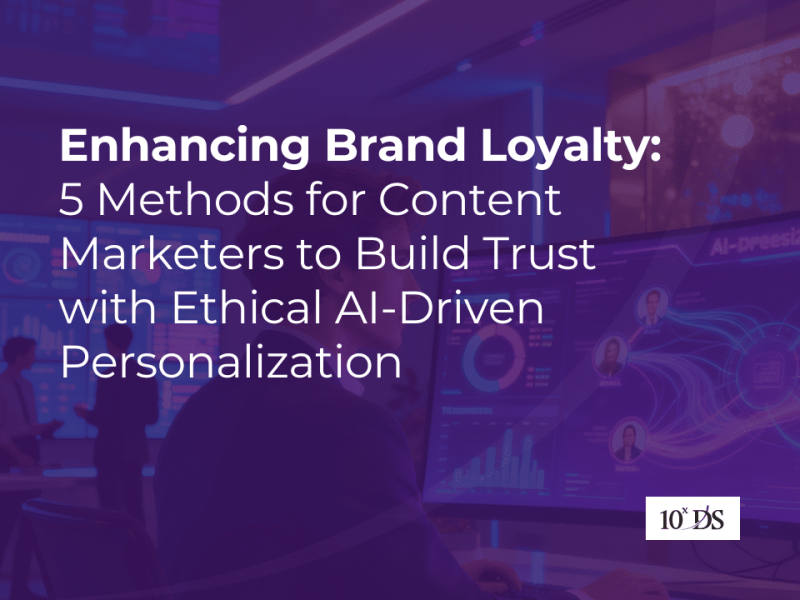
Strengthening Enterprise Resilience: Addressing MCP Security Risks with Effective Mitigation Strategies
In a world where technology is advancing faster than ever, enterprises are increasingly integrating advanced AI technologies to enhance operational efficiency and decision-making. The Model Context Protocol (MCP) has emerged as a pivotal standard for enabling seamless interactions between large language models (LLMs) and external tools, data sources, and services. Introduced by Anthropic in late 2024, MCP facilitates agentic AI workflows by providing a standardized interface that allows LLMs to dynamically select and execute functions based on user queries. This protocol supports a range of applications, from automated data analysis to real-time system integrations, making it essential for organizations adopting AI-driven processes.
However, as enterprises scale MCP implementations, the need for robust security measures becomes paramount. MCP’s design, which involves MCP clients interfacing with LLMs and MCP servers handling tool executions, introduces complexities that can expose systems to vulnerabilities. Addressing these challenges requires a comprehensive understanding of potential threats and proactive defences.
This blog explores key aspects of MCP security, focusing on critical risks and practical strategies to ensure secure adoption. By prioritizing security from the outset, enterprises can leverage MCP’s benefits while minimizing exposure to cyber threats.
Understanding the Model Context Protocol
MCP serves as an abstraction layer that standardizes how AI models access and interact with external resources. At its core, it comprises an MCP client that communicates with the LLM and an MCP server that executes commands or API calls. This setup enables LLMs to perform tasks beyond their native capabilities, such as querying databases, running scripts, or integrating with third-party services.
In an enterprise context, MCP is particularly valuable for streamlining workflows. For instance, it allows AI agents to automate routine tasks like report generation or incident response in IT operations. Local MCP servers run on controlled environments, executing OS-level commands, while remote servers are hosted by third parties, offering scalability but increasing dependency on external providers.
Despite its advantages, MCP’s dynamic nature—where AI agents interpret and act on instructions—creates unique challenges.Proper implementation demands careful configuration to balance functionality with control.
MCP Security Risks
According to a study titled ‘Model Context Protocol (MCP) at First Glance’ by researchers from Queen’s University, Canada (published June 2025), among 1,899 open-source MCP servers analysed, 5.5 % exhibited tool-poisoning vulnerabilities, highlighting MCP-specific security risks.Enterprises adopting MCP must address several critical security risks due to its open and interactive architecture. Below are the key MCP security risks that organizations should prioritize:
- Credential Exposure: API keys or OAuth tokens stored in configuration files can be accessed by compromised MCP clients, leading to unauthorized access to sensitive services like cloud platforms or internal databases, potentially causing data breaches.
- Unverified Third-Party Servers: Using community-developed MCP servers that lack maintenance introduces vulnerabilities or malicious code. Installing such servers via package managers like pip can bring compromised dependencies, heightening supply chain risks.
- Prompt Injection Attacks: Attackers may embed hidden instructions in tool metadata or user inputs, which the large language model (LLM) could misinterpret as legitimate commands. This can result in unintended actions, such as data exfiltration or system alterations, especially when prompts come from untrusted external sources.
- Server Compromise: Malicious actors can hijack MCP servers to execute arbitrary code by exploiting weak authentication. In remote server scenarios, attackers may impersonate legitimate endpoints, intercepting communications and stealing tokens for account takeovers.
- Tool Injection and Sampling Risks: Malicious servers can modify tools post-installation to perform harmful actions or exploit sampling features to generate excessive queries. This can lead to increased costs or exposure of sensitive information.
These MCP security risks, such as command injection, can enable privilege escalation, allowing attackers to move laterally within networks. Enterprises with hybrid cloud setups are particularly vulnerable, as MCP interactions span on-premises and cloud environments. Addressing these MCP security risks requires a layered approach, integrating technical controls with organizational policies.
The Business Impact of MCP Security Risks
Failure to adequately address MCP security risks can have severe business consequences. Data breaches, compliance violations, and service disruptions can lead to reputational damage, financial penalties, and loss of customer trust. For regulated industries such as finance, healthcare, and government services, even minor security lapses can trigger costly audits and regulatory sanctions. Moreover, the interconnected nature of multi-cloud environments means that a single misconfiguration or vulnerability can cascade across business-critical applications, amplifying the scale of potential damage.
The financial costs associated with these risks extend far beyond direct penalties. Remediation expenses, legal liabilities, incident response operations, and insurance claims can quickly erode profitability. In addition, recovery efforts often divert resources from innovation and growth initiatives, slowing overall business momentum. Customer churn is another significant concern, as clients increasingly demand transparency and reliability from the organizations they trust with sensitive data.
The operational impact is equally serious. Unplanned downtime caused by a breach or configuration error can disrupt entire supply chains, delay product rollouts, and damage relationships with strategic partners. In industries dependent on real-time services, even a short-lived disruption may cause long-lasting competitive disadvantages. Reputational harm, meanwhile, is difficult to reverse: once stakeholders perceive that an organization has weak safeguards in managing MCP security risks, restoring credibility can take years.
Furthermore, as regulators impose stricter requirements on cloud adoption, enterprises that fail to demonstrate effective risk management practices for MCP adoption risk losing their license to operate in certain regions or sectors. This combination of financial, operational, and reputational exposure underscores why addressing MCP security is not just a technology issue but a board-level business priority.
Key Considerations for Secure MCP Adoption
Enterprises evaluating or scaling their multi-cloud strategy must embed security considerations into every decision. Critical factors include:
- Governance Frameworks:Establish centralized governance to ensure consistent policies, monitoring, and compliance across all platforms.
- Risk Assessment:Conduct thorough risk assessments that map out exposure points within each cloud provider.
- Unified Visibility:Invest in tools that provide comprehensive monitoring across platforms for real-time detection of anomalies.
- Vendor Due Diligence:Assess each cloud provider’s security certifications, practices, and resilience to ensure alignment with enterprise risk tolerance.
- Shared Responsibility Awareness:Clearly define responsibilities between the enterprise and each cloud provider to avoid gaps in accountability.
These considerations form the foundation for developing robust security strategies for MCP Adoption.
Mitigation Strategies for MCP Adoption
To safeguard operations and build resilience, enterprises need to implement layered and adaptive mitigation strategies for MCP adoption. Some recommended approaches include:
- Centralized Security Management:Deploy security orchestration tools that unify monitoring and enforcement across cloud environments. This reduces the likelihood of inconsistent policy application.
- Zero Trust Architecture:Adopt Zero Trust principles by continuously verifying identities, enforcing least-privilege access, and segmenting workloads.
- Encryption Everywhere:Ensure that data is encrypted in transit, at rest, and during processing. Key management policies should remain consistent across providers.
- Automated Compliance Monitoring:Utilize automated frameworks that monitor compliance requirements continuously and provide real-time alerts for nonconformance.
- Robust IAM Controls:Strengthen authentication with multi-factor mechanisms, centralize user access, and frequently audit permissions.
- Threat Intelligence Integration:Leverage AI-driven threat intelligence platforms that detect anomalous behaviour and coordinate timely incident responses.
- Resilience and Recovery Planning:Regularly test disaster recovery and business continuity protocols across multiple cloud environments to minimize downtime during breaches or outages.
Implementing these mitigation strategies for MCP adoption not only addresses risks but also strengthens long-term enterprise resilience.
Emerging Trends in MCP Security
As cloud adoption matures, enterprises must anticipate emerging threats and adapt mitigation measures. Trends include:
- AI-Powered Security:Automated detection and response capabilities powered by machine learning are becoming essential for managing large-scale cloud environments.
- Cloud-Native Security Tools:Providers are enhancing native capabilities for workload protection, compliance reporting, and identity management.
- Regulatory Evolution: Governments worldwide are tightening regulations around data residency, privacy, and cross-border transfers.
- Confidential Computing:Secure enclaves and hardware-based isolation mechanisms are gaining traction to protect sensitive workloads.
Monitoring these trends helps enterprises refine mitigation strategies for MCP in response to evolving threats.
Conclusion
Enterprises embracing multi-cloud platforms must balance agility with security. While MCPs bring scalability and resilience, they also introduce complex challenges that cannot be ignored. By proactively identifying MCP security risks and implementing comprehensive security approaches for MCP adoption, organizations can safeguard sensitive data, maintain compliance, and build trust with stakeholders.
The path forward requires enterprises to move beyond reactive measures and adopt a holistic, risk-based approach. Security must be treated as an enabler of growth, not a barrier. This involves fostering strong governance, continuous monitoring, and investment in modern security tools aligned with business objectives. Enterprises should also recognize that security is not a one-time implementation—it is an ongoing commitment that evolves alongside technology and regulatory landscapes.
Ultimately, successful MCP adoption is not defined solely by operational efficiency or cost savings but by the ability to maintain secure, uninterrupted services in a complex threat environment. Enterprises that treat security as a strategic differentiator will not only protect their assets but also position themselves as trusted leaders in their industries.


